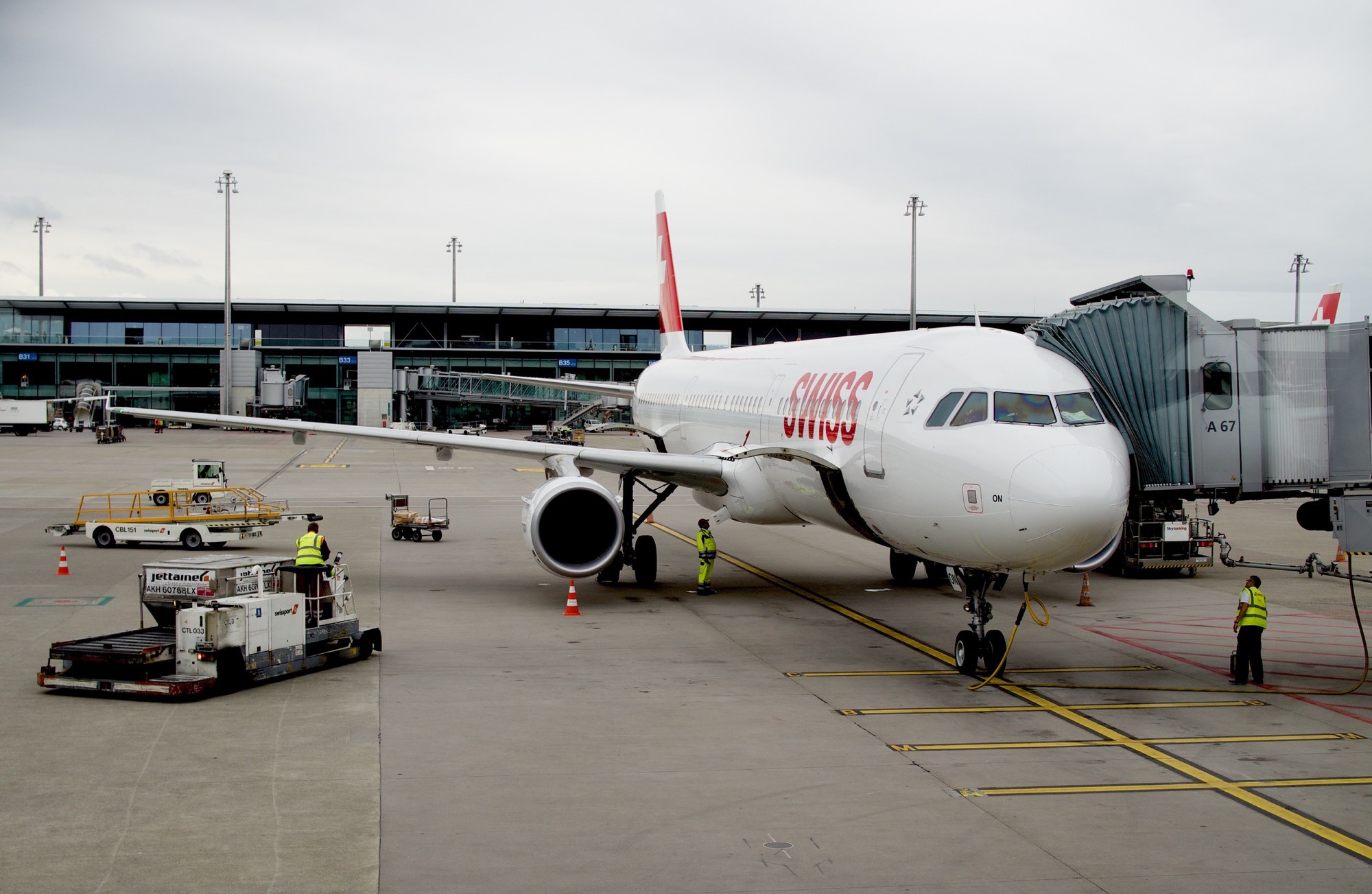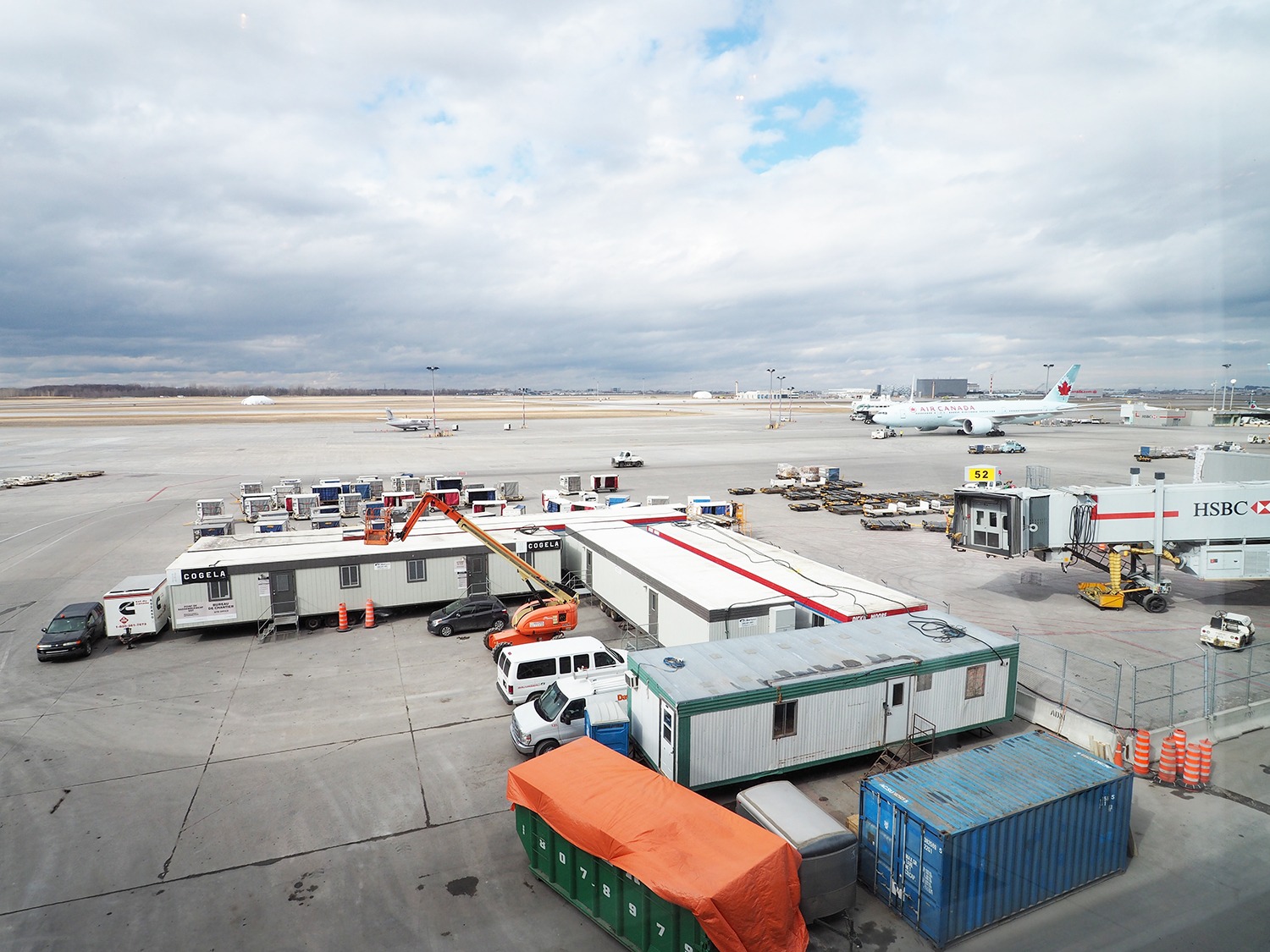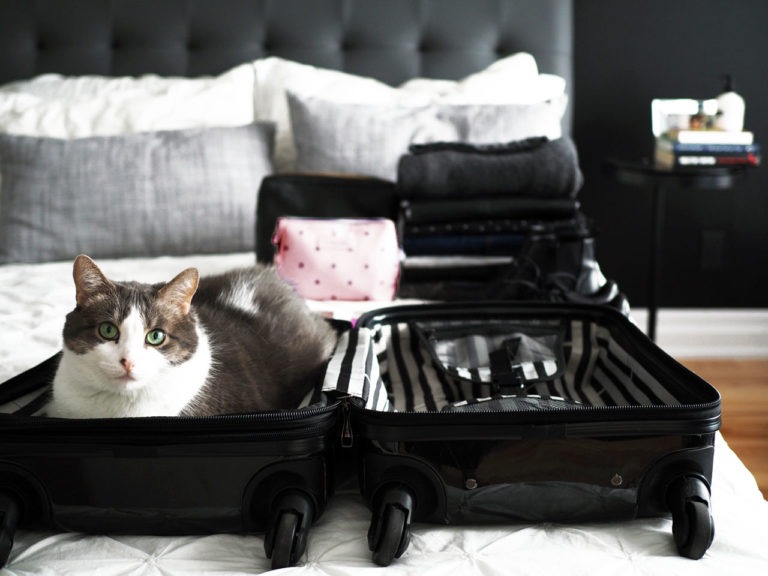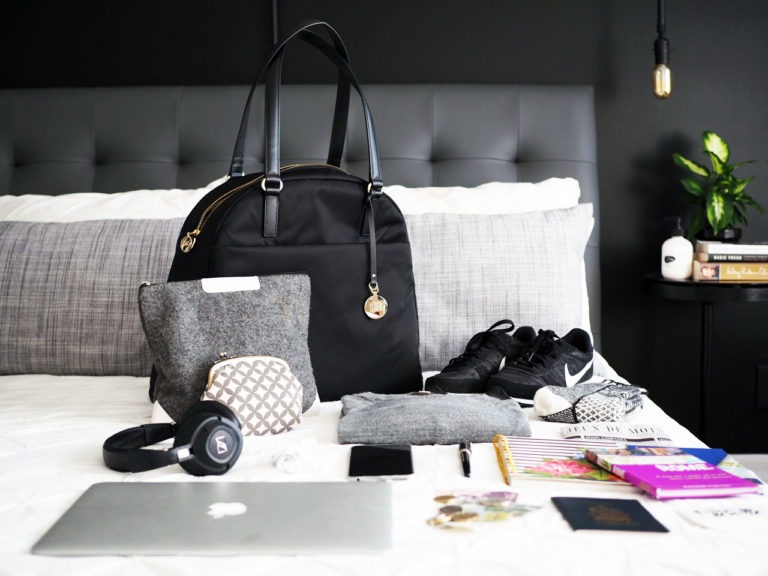How To Deal With Your Fear Of Flying (Written By A Travel Blogger Who Hates Flying)

Clearly I picked the wrong job.
What was I thinking, becoming a travel blogger, when flying is one of the things that scares me the most? Mind you, I am scared of pretty much everything (heights, speed, dark, creepy crawlies, clowns, fish, birds, you name it), but flying has got to be somewhere in the top three. Even after dozens of flights, I still get nervous. I get sweaty hands at every takeoff and landing, and my heart rate inevitably quickens whenever I feel the slightest shift in engine sound.
Yeah. It sucks.
One thing I did realize with time, however, is that beating the fear of flying is a slow, frustrating and difficult process. It requires strength, rationality and determination, three things I don’t normally have in spades.
Why Exactly Are People Afraid Of Flying?
While this may seem like a stupid question (people are afraid of flying because it’s TERRIFYING to glide 30,000 feet up in the sky in a giant metal cage, dude!), the triggers of that fear may change depending on the person. For some, it’s the fear of crashing/dying, because of a failing engine, terrorism, spontaneous combustion, etc. For others, it’s being stuck in an enclosed space with no possibility to leave, something akin to claustrophobia. The fear of flying comes in many different ways.
While doing research for this article I came across Dan Gardner’s book Risk: The Science and Politics of Fear, which highlights the profound lack of connection between statistical fact and human perception. We all know that planes are like gazillions of time safer than cars; yet most of us are far more afraid to fly than to drive.
And this is pretty much what fear and phobias are about: when our brain picks perceptions (gut) over facts (reasoning).
Regardless of how frightened you are, the only way to get over your fear of flying is to identify what triggers your fear, and then to slowly expose yourself to those triggers. Avoidance will only keep your phobia alive. Putting your head in the sand won’t make the problem go away; it’s only going to make it invisible. And that’s not really solving anything, now is it?
A side note before we start:
If you can’t get past your fear and boarding planes makes you ill, by all means consult with a healthcare professional. I wouldn’t want you to stop travelling in order to avoid those bad moments ♥ Check with your doctor before your trip to see which treatment and/or medication is right for you.

How to Deal With Turbulence
Intuitively, it makes complete sense to be scared of turbulence. Sitting on a plane is precarious enough without throwing in gigantic air pocket! But science says otherwise. According to AskThePilot.com:
For all intents and purposes, a plane cannot be flipped upside-down, thrown into a tailspin, or otherwise flung from the sky by even the mightiest gust. Conditions might be annoying and uncomfortable, but the plane is not going to crash. Turbulence is an aggravating nuisance for everybody, including the crew, but it’s also, for lack of a better term, normal. From a pilot’s perspective it is ordinarily seen as a convenience issue, not a safety issue. Planes themselves are engineered to take a remarkable amount of punishment, and they have to meet stress limits for both positive and negative G-loads. Should the aircraft be shoved from its position in space, its nature is to return there, on its own.
What also helps is picking the right seat. Most people will tell you that the smoothest place to sit is over the wings, close to the plane’s centers of lift and gravity. Also makes for excellent Instagram photos. On the other hand, the roughest spot is usually the far aft—the rearmost rows closest to the tail.
Whenever I get nervous because of turbulence, I look at the flight attendants. If they’re calm and collected, then I know everything is going to be alright. They are highly trained professionals who are taught to keep a straight face, and this helps me cope with my stress immensely.
If I can’t see flights attendants from where I’m sitting, I usually ask myself those questions: Have we lost altitude or changed directions? Are the engines making a different sound? Does anyone else look stressed out? Is there any evidence suggesting that something might be wrong besides my own perceptions?

How to Deal With Air Sickness
Speaking from experience, I can say that few things less enjoyable and more embarrassing than vomiting on the plane. It’s not fun for anyone involved! Here are a few tips I learned the hard way in my 8+ years of travels.
- Ensure there is an airsickness bag in your seat pocket. Hopefully you won’t be needing it, but knowing it’s there makes me feel so much better and helps lower my anxiety.
- If turbulence is particularly tough for you to handle (nausea, cold sweats, dizziness, etc.), try to look straight ahead and lay your hands on a flat and cold surface, like armrests or tray table. This helps trick your body into thinking you are sitting straight and the horizon is stable.
- Avoid eating carbs or rich foods before and during the flight.
- If all else fails, you can always rely on anti-motion sickness medication like Dramamine, which is easily sold over the counter. In Canada, the regular Gravol works wonders. Both medication cause drowsiness, too, which is pretty much a blessing in disguise for nervous flyers.
- Inform the crew that you are prone to airsickness. They will pay closer attention to you, and if you, unfortunately, end up being sick, they will most likely give you a small amenity kit to freshen up.
- Turn the ventilation to direct the air flow towards your face if you are feeling unwell. Fresh air can help immensely.

How to Deal With Takeoff & Landing
As a nervous flyer, I can officially say that takeoff and landing are the WORST. Statistics are pretty clear about this: most incidents occur within the first and the last 20 minutes of a flight. While that helps me chill out for the remainder of the flight, my nerves are through the roof during takeoff and landing. I get sweaty hands, sweaty feet, I have a hard time breathing and, to crown it all, my asthma usually ends up kicking in.
The only way to deal with those stressful 40 minutes is to focus on something else.
- Play soothing or happy music in your headphones
- Practice diaphragmatic breathing
- Use visualization techniques
- Focus on the destination
- Ask your companion to talk to you about something specific that requires your concentration
Remember: takeoff and landing are teeny tiny parts of the trip. You can do this!

How to Deal With Not Being Able to Chill The Fuck Out
If you are still feeling nervous or unwell hours into your flight, don’t worry, there’s still hope! You can continue doing the same tricks you used during take-off – so long as they help you take your mind off your anxiety. Have a little cocktail, watch a captivating movie, listen to a cinematographic audiobook or podcast.
Hell, bring along a good luck charm if that makes you feel better. These trinkets often feel silly to adults but whatever makes you forget about the stressful situation you’re in is worth it in my book.
Because at this point, it’s not so much about the fear of flying, but about the fear of fear itself. Which bring me to my next point…
Learn how airplanes actually fly.
Once you understand the ~ science ~ (it is not black magic, I assure you) that keeps a 300,000-pound object airborne, you will feel so much more in control. You will come to recognize the sounds and sensations as they occur, therefore taking the mystery out of the process and replacing it with logic. There will be no room for negative thoughts and what-ifs.
Learning how airplanes fly is a vital part in the process of overcoming your fear of flying.
Additional Resources:
- Knowledge is power. Read these books:
- The SOAR app. This app tells me exactly what’s happening from takeoff to landing. It’s amazingly soothing.
- A lot of airlines offer practical courses and seminars to help passengers overcome their fear of flying. Call your preferred airline and ask them if there are classes near you.







